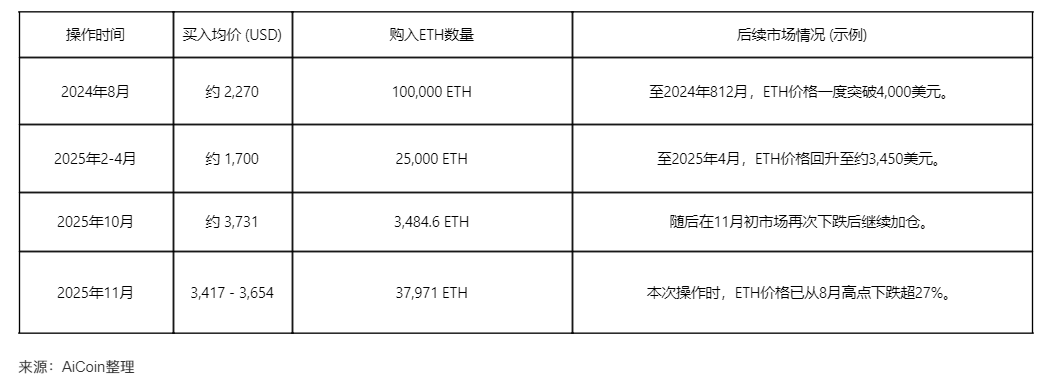Immunefi to tackle $3.1b in crypto hacks with tool to block threats in seconds
Crypto hacks have reached $3.1 billion in 2025, prompting Immunefi to launch a tool for real-time threat prevention.
- Immunefi launches Magnus to protect $180B in user assets.
- The platform will leverage AI to scan threats.
- Magnus also tackles human error, like social engineering.
Crypto remains a prime target for hackers, creating a need for advanced threat mitigation tools. On Thursday, July 31, blockchain security firm Immunefi launched the Magnus platform, designed to prevent threats in real time.
The platform will protect over $180 billion in user funds across protocols such as Arbitrum, zkSync, and Curve Finance. Crypto hacks have already reached $3.1 billion 2025, according to a report by Hacken, underscoring the urgent need for security solutions.
Magnus will leverage Codexa, an AI-based security tool that scans and prevents threats in real time. Codexa functions as a comprehensive dataset of blockchain vulnerabilities, enabling real-time scanning and instant threat alerts for projects.
“When every second counts during an active exploit, having all your security intelligence in one place is the difference between a close call and a catastrophe,” said Mitchell Amador, CEO and Founder of Immunefi. “Unlike platforms that lock you into proprietary tools, Magnus lets you leverage best-in-class monitoring providers while maintaining unified operations.”
Immunify’s Magnus AI tackles the human element in security
Magnus does more than scan blockchain code for vulnerabilities. It also addresses human error, including social engineering and compromised keys, which are increasingly common attack vectors. For this reason, the platform will integrate Fuzzland and FailSafe to bring smart contract monitoring and threat alerts into one unified interface.
“Security fragmentation has been the Achilles’ heel ” of protocols trying to scale to institutional standards,” said Aneirin, cofounder of FailSafe. “With Magnus, we unify cross-chain monitoring, threat detection, and policy enforcement into a single command center, giving security teams real-time visibility and compliance-grade coverage that used to require a patchwork of tools.”
Disclaimer: The content of this article solely reflects the author's opinion and does not represent the platform in any capacity. This article is not intended to serve as a reference for making investment decisions.
You may also like
Arthur Hayes Dissects Debt, Buybacks, and Money Printing: The Ultimate Cycle of Dollar Liquidity
If the Federal Reserve's balance sheet increases, it will be positive for US dollar liquidity, ultimately driving up the prices of bitcoin and other cryptocurrencies.

Whale "7 Siblings" scoops up 38,000 ETH in two days! What signal does this send?

Jay Chou’s 100 million TWD bitcoin holding controversy: Even the superstar can’t escape crypto tax traps
Jay Chou suffered asset losses after entrusting a friend to hold Bitcoin on his behalf, which has raised concerns about the tax and regulatory risks of proxy cryptocurrency holding in Taiwan. The article analyzes Taiwan’s cryptocurrency tax policies and the potential risks associated with proxy holding behavior. Summary generated by Mars AI This summary was generated by the Mars AI model, and its accuracy and completeness are still being continually updated.

